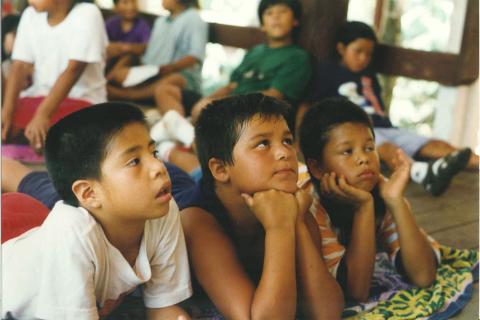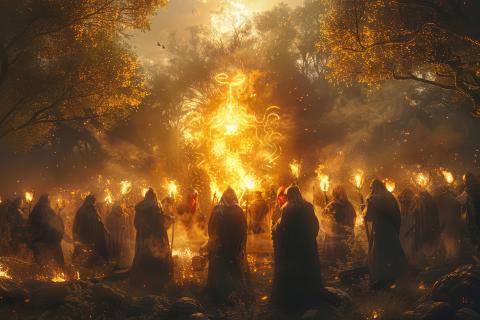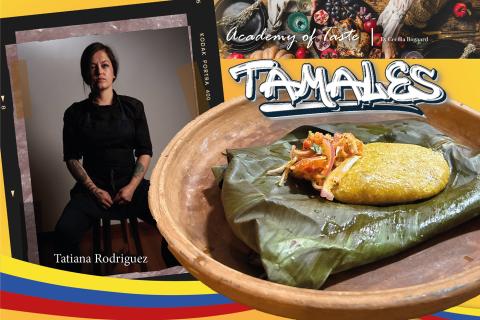In Latin American culture, adolescent girls cross an important threshold when they reach the age of 15. The arrival of their 15th birthday means they’re ready to make the transition from childhood to womanhood, a significant life change that has social, cultural, and biological implications. This is a time for celebration and public acknowledgment, and that is what the quinceañera provides.
- Read more about The Ancient Mesoamerican Roots of the Quinceañera
- Log in or register to post comments













